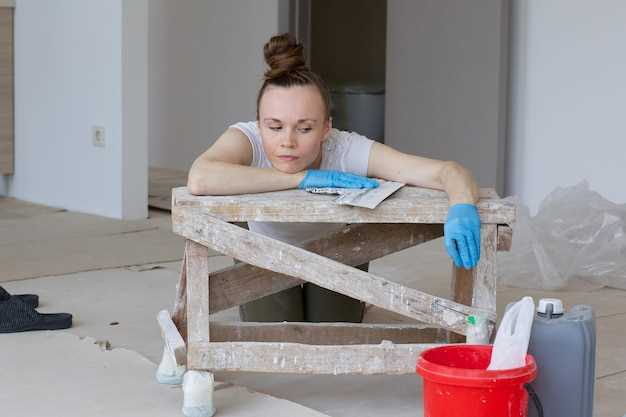Common Restoration Mistakes to Avoid

Restoration projects can be a rewarding yet challenging endeavor. Many individuals and teams dive into these projects with enthusiasm, seeking to revive the beauty of a historical space or a cherished object. However, along the way, they often encounter a myriad of errors that can derail their efforts. Understanding these pitfalls is crucial to achieving a successful restoration.
One of the most classic mistakes in restoration is underestimating the complexity of the task at hand. Many people assume that surface-level changes are sufficient, but true restoration often requires a deeper understanding of the materials and techniques originally used. Ignoring these underlying aspects can lead to irreversible damage and compromise the integrity of the project.
Another frequent error involves the failure to conduct thorough research before commencing a restoration. Knowledge about the history, craftsmanship, and previous alterations can dramatically influence the restoration process. By bypassing this essential step, restorers risk repeating past mistakes or making decisions that clash with the original intent.
Neglecting Detailed Research Before Starting

Before embarking on any restoration project, it is crucial to conduct thorough research to minimize potential errors. Neglecting this step can lead to costly mistakes and setbacks. A comprehensive understanding of the historical context, materials, and techniques used in the original construction is essential for an accurate restoration.
Many restoration errors stem from assumptions made without proper investigation. For instance, relying on outdated or incorrect information can result in inappropriate material choices that compromise the integrity of the project. Additionally, understanding local regulations and preservation guidelines is vital to avoid legal issues during the restoration process.
Furthermore, researching past restoration attempts can provide valuable insights. Learning from previous errors allows project leaders to apply best practices and innovative solutions, enhancing the quality of the final outcome. Engaging with experts in the field can also provide a deeper understanding of the restoration process and mitigate risks associated with inadequate preparation.
Ultimately, investing time and effort in detailed research lays the foundation for a successful restoration project, ensuring both historical accuracy and structural integrity while minimizing the likelihood of errors. Prioritizing this step will save resources and contribute to the overall effectiveness of the restoration efforts.
Overlooking Necessary Permits and Regulations
One of the most critical errors in restoration projects is neglecting to obtain the necessary permits and adhere to local regulations. Many homeowners and contractors underestimate the importance of these legal requirements, which can lead to significant setbacks. Failing to secure proper permissions can result in fines, work stoppages, and complications during the restoration process.
Each restoration project often involves specific codes and guidelines set by local authorities, which dictate how the work should proceed. Ignoring these regulations can create safety hazards and compromise the structural integrity of the restoration efforts. It is essential to conduct thorough research or consult professionals to identify all relevant permits required before any work begins.
Additionally, keeping abreast of zoning laws and historic preservation standards is vital, especially in areas with older buildings. These regulations are designed to maintain the character of a neighborhood or city and protect its heritage. By overlooking these requirements, one risks not only legal issues but also the potential loss of historical value during restoration.
In summary, to avoid errors in restoration projects, always ensure compliance with permits and regulations. This approach not only protects the legal standing of the project but also enhances its overall quality and success.
Focusing Solely on Aesthetics Without Structural Integrity

One of the classic errors made in restoration projects is prioritizing aesthetics over structural integrity. While it is essential to create visually appealing spaces, ignoring the underlying framework can lead to significant issues down the line. A beautiful facade is meaningless if the supporting structure is compromised.
Restoration should always begin with a thorough assessment of the existing building’s condition. Contractors and architects must ensure that the foundation, walls, and roof are sound before embarking on cosmetic updates. Neglecting structural repairs can result in safety hazards, costly repairs, and decreased property value.
Moreover, focusing solely on appearance might lead to the use of inappropriate materials that do not comply with modern building codes. Such choices can jeopardize the building’s longevity and diminish its historical value. Restoration projects should aim for a balance, preserving the classic look while ensuring that all structural components are robust and reliable.
In conclusion, while aesthetics are vital in restoration, prioritizing them at the expense of structural soundness is a classic error that can have far-reaching consequences. Always start with a solid foundation to ensure a successful and lasting restoration.



